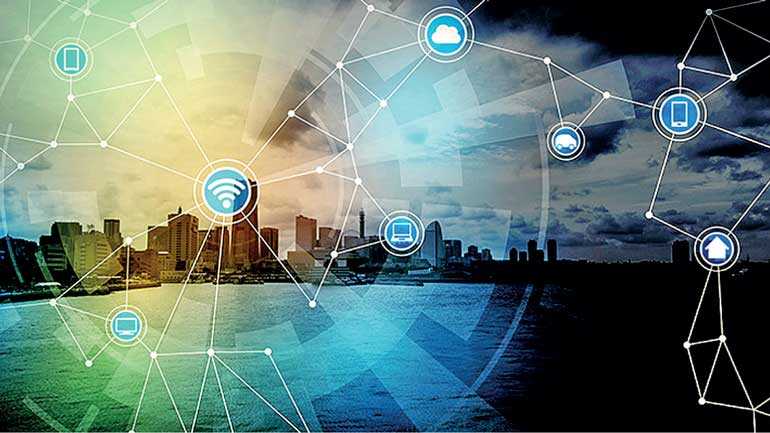Tuesday Dec 23, 2025
Tuesday Dec 23, 2025
Wednesday, 4 November 2020 00:00 - - {{hitsCtrl.values.hits}}

Remote patient monitoring and AI adds value to the healthcare industry
The whole world is undergoing a pandemic situation. Most of the countries have locked down their main cities. People are advised to be inside their homes. The hospital bed capacity of COVID-19 affected  countries is almost saturated.
countries is almost saturated.
Frequent monitoring of patients who are at their homes is a concern for healthcare workers because of the infectivity of the virus. Importance of non-contact patient monitoring systems is an utmost need at this time of the global pandemic. It prevents disease spreading.
Remote patient monitoring can be used to monitor vital signs like body temperature, pulse rate, respiratory rate, blood pressure, ECG rhythm, etc.; especially in COVID-19 affected asymptomatic patients, body temperature measurement at least two times a day is important.
With remote monitoring systems, when the temperature is measured using a digital thermometer, it will be pushed to a data base in a cloud system where the health data is stored. This data can be shared with relevant healthcare professionals with the consent of the person.
Including an Artificial Intelligence (AI) engine to this chain can add more value to the processes by sending reminders, alerts if the temperature fluctuates, and even informing the relevant authorities to take necessary actions depending on the patient’s health condition.
Even if the respiratory rate needs to be monitored by using a device it can be done via an AI-driven monitoring system. This will be very valuable when monitoring first contacts who are home quarantine. So, if any abnormality detected in the breathing pattern or any respiratory symptom is detected, the AI driven remote monitoring system will be able to inform the relevant health authorities and also alert the patient on what to be done next.
By coupling with an AI-based remote tracking system, it will be enabled to track the patient where he or she is and also where he/she is planning to go within next couple of hours. This will be very useful in home quarantined contacts who needs strict monitoring.
Wearables also plays an important role in remote patient monitoring. Continuous monitoring of body temperature and pulse rate can be done via properly calibrated wearables. It can be a band, a wrist watch or even a cloth item with sensors. If these wearable data are connected to AI-based chat bots, frequent health advice can be delivered to selected individuals depending on their vitals.
The world is moving into a digital era. The health sector also should grab the opportunities created at this pandemic situation to change and adapt to new normal using technology. Remote patient monitoring and Artificial Intelligence may certainly add a lot of value to the healthcare industry. As a healthcare entrepreneur, I believe that more investment should be made on these fields during the next decade.
[The writer, MBBS (Sri Lanka), MBA in Health Admin (Malaysia), MSc in Biomedical Informatics (Sri Lanka), is a healthcare entrepreneur.]